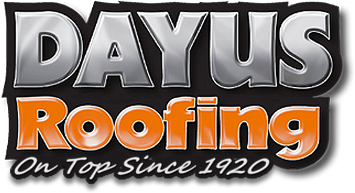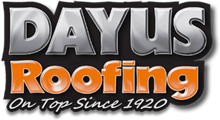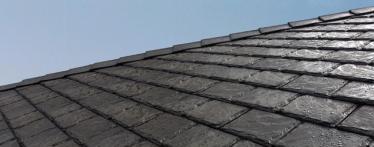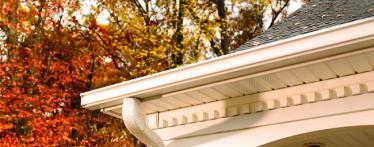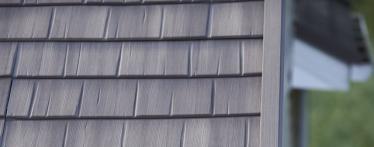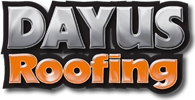Deck Preparation
“Can you build over-the-top of my existing roof or does it need to be removed?”
If it turns out that a new roof is in your future, the next step is determining if you want to remove the old roof, or build on top of your current roof. The following guidelines will help inform you of the possibilities, and advantages vs. disadvantages of shingling over an existing roof.
Building over-the-Top
• The main reason that building over-the-top of an existing roof is an attractive option is price. Adding a layer onto an existing layer of asphalt shingles will save you from having to pay for the removal process.
• This is not a realistic option for the majority of roofing renovations, however, a roof that is in relatively good condition can be a candidate for this choice.
• In order for you roof to support the extra weight of an additional layer, your existing shingles need to be in above-average condition. If your shingles are bent, cupped, warped, or your current roof is leaking, adding an additional layer of shingles is not the recommended option.
Removal and New Roof Install
• A single layer of existing asphalt shingles can be roofed over once, but adding layers upon layers can involves significant risk. Keeping the existing roof means keeping the old flashings and vent boots. Often times, layered roofing is a temporary fix that then turns into a much larger and more expensive problem down the road.
• Another disadvantage of adding an additional layer of asphalt shingle to an existing roof is the added weight involved. This could compromise the structural integrity of your roof, as well as adding significant cost to the next time your roof needs replaced. At that point, you’d be responsible for paying someone to remove multiple layers of roofing, instead of an easier to remove single layer.
• Warranty concerns also come into play when considering layered re-roofing. Some manufacturers will regard the warranty as invalid because layering new roofing over old shingles can affect the performance of the material.
“What exactly is a roof deck and why does it matter?”
That’s a great question! The roof deck is the roofing material layer found in between the primary structural components and the insulated layers in a roofing system. Roof decking is applied over roof trusses to create a smooth surface to accept roof felt, shingles, shakes, or other finishing materials. Roof decking needs to be strong enough to support the shingles and snow and fastened well enough to withstand high wind. Although the roof deck does not get as much recognition as your shingles, its purpose should not be overlooked. The roof deck is the most important part of your roof, just like the foundation of your home is the most important part of its structure. The following are the most common types of roof decking.
Plywood
Although it may seem easily destructible, plywood is actually considerable more durable than people think. It is made from veneer sheets of wood and combined together to create multiple layers. As a result, plywood is capable of lasting for years and resists moisture without any problems. Even when wet, plywood can easily dry out, decreasing the chance of damage.
Oriented Strand Board Sheathing (OSB)
This type of decking is made from wood strands and a waterproof resin which allows is to resist moisture. It is very rigid and capable of enduring years with little, to no, damage. OSB is typically less expensive than other options, because it does not offer the same level of durability as other roof decking materials.
1 X Material
Most homes build prior to the 1990’s were built with 1 X roof decks, with 1X6 and 1X8 being the most common. These boards are fastened horizontally to the trusses with slight gaps between each board. Older residential roofs often feature the 1X6 boards, which meet in tongue-in-groove joints. Tongue-in-groove decking is necessary when the ceiling is exposed and the underside of the decking is visible from below or inside the room.

Only 3% of roofing contractors in North America are Master Elite Certified through GAF. Click Here to learn more about the Dayus Advantage.
Roofing 101 Topics
- Roof Design Types
- Early Deterioration
- Warning Signs
- Problem Areas
- Building Code
- Deck Preparation
- Underlayments
- Material Options
- Metal Flashings
- Valleys & Ridges
- Ventilaiton
- Warranties
- Common Mistakes

50 years materials defects coverage and a 25 year workmanship guarantee makes the GAF Golden Pledge one of the best warranties in the industry today! Click here to learn more.
